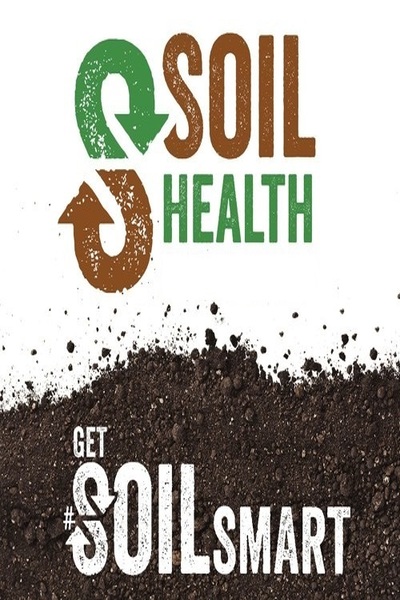Organic Matter is any material that is part of or originated from living organisms. Organic matter may be divided into three fractions, the living, the dead (active fraction) and the very dead (stable fraction).
The living soil organic matter fraction includes microorganisms, soil-dwelling insects, microarthropods, animals and plants.
The dead fraction consists primarily of fresh residues from crops, recently dead microorganisms and insects, sloughed-off root cells, leaf litter, and manure, etc. This fraction is considered active. The sugars, proteins, cellulose and other simple compounds are quickly broken down (degraded) by soil microbes and used as a food source which fuels the soil microbial population. The exudates (sticky substances) produced by the microbes (and roots) as well as the microbes themselves (e.g. fungi) help bind the mineral particles together to form soil aggregates.
Good soil aggregation is important for maintaining good (crumbly) soil structure and enabling adequate air exchange and water drainage. The very dead organic matter fraction is also called humus. Humus is very stable and resists further degradation. Although it is not an important food source for microbes, it is important for storing nutrients and water, binding toxic chemicals and contributing to improved aggregate stability.

